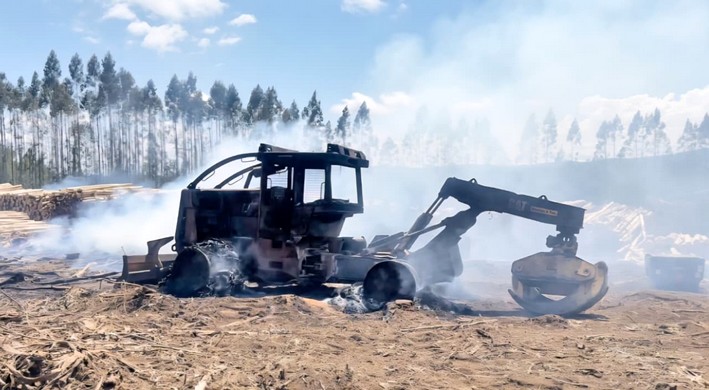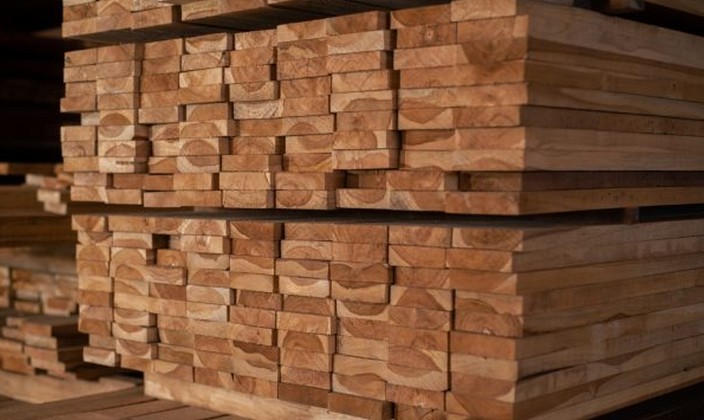Women's Work in Forestry Services
The Association of Forestry Contractors AG, ACOFORAG, has deemed it of utmost interest to conduct a first investigation into the actual participation of women in the forestry contracting sector. Through an online survey sent to 29 companies via email and WhatsApp, an attempt was made to gain an understanding of the characteristics of their work in a sector typically dominated by men.
The survey took between 15 to 30 minutes to complete and was answered between October 20 and December 1, 2021, achieving a response rate of 28.7%, which falls within the expected range for complex surveys.
This article is the first of two that will analyze the results and the situation of women's participation in the forestry contracting sector. It covers general aspects such as the type, location, and size of the companies where they work. These data are also compared with those of their male counterparts to determine whether significant differences exist between the sexes in terms of participation.
The results show the overall participation of men and women in the forestry contracting sector, at 96% and 4%, respectively. In other words, the forestry sector is highly male-dominated. On average, there are 95 male workers per company, compared to 4 female workers per company. Another key finding is the standard deviation, which reveals a high dispersion of workers: companies can frequently range from fewer than 10 employees to as many as 200. For organizations with female workers, it is much more common to find companies with between 1 and 7 women, with the typical value (the mode, or most frequently occurring value in the data distribution) being three women per company.
Overall, most of the forestry companies that participated in the study were involved in mechanized harvesting (51.7%) and forest transportation (20.7%). Silviculture companies (17.2%) and other types (17.2%) were also well represented. This means that the majority of the sampled companies were those engaged in primary forest operations, with a strong presence of mechanization and personnel trained to operate complex machinery.
In terms of location, most companies in the selected sample (55.2%) were from the Biobío region (Table 3), followed by Ñuble (17.2%), and the regions of La Araucanía (10.3%) and Los Lagos (10.3%). Considering that until recently, the Ñuble region was part of Biobío, it can be said that 72.4% of the companies had their headquarters in the former Biobío region.
The Internal Revenue Service (SII) provides a useful classification based on annual sales to determine company size. Accordingly, most forestry contracting companies (68.9%) in the selected sample fell into the medium to large enterprise range. Despite how impressive this revenue may seem, it does not reflect the actual profits of these companies or the losses the sector has suffered due to the insecurity experienced in the southern zone in recent years.
In another area, most male workers (81.4%) are concentrated in operations, while most female workers (71.1%) work in administration. Notably, the risk prevention and environmental area is predominantly occupied by women (4.1%), with relatively lower male participation (1.5%), although in absolute terms, there are more men than women. As mentioned earlier, the forestry contracting sector is heavily male-dominated, with a total of 2,592 men (95.5%) compared to 121 women (4.5%).
The study also shows the predominant type of contract by sex among forestry contract workers. It reveals that the vast majority (89.7%)—regardless of sex—hold permanent contracts, with no significant differences in contract type by sex. In other words, whether male or female, there is a 90% chance of having a permanent contract within a forestry contracting company.
A high proportion (48.3%) of companies have no women in managerial or leadership roles. Importantly, 24.1% of forestry contracting companies have women as middle managers, and notably, 37.9% have women as partners or directors of business societies. Caution is warranted with this last figure, as nearly 40% female participation in a company does not necessarily mean they have real influence in its boardrooms.
As a general conclusion of this first part of the article, it can be stated that female labor participation in the Chilean forestry contracting sector remains very low—not exceeding 5%. Generally, the forestry companies where women work are medium to large in size, and while there are increasingly more women in business societies, this does not mean they play an active role in them. Lastly, it should be noted that the majority (71.1%) of women working in forestry service companies hold administrative positions, meaning they work outside field operations in the forest. In fact, only 15.7% of female workers were found to be involved in forestry operations.
In the second part of this article, to be published in the next issue of the digital magazine *Forestry Contractors*, we will examine the relationship between income, age group, and sex among forestry workers to answer whether, for example, a gender pay gap exists in the forestry contracting sector. We will also explore whether there are any age-related gaps among forestry company personnel. Finally, we will draw relevant conclusions from the results of this first survey on women's participation in the Chilean forestry contracting sector.

















